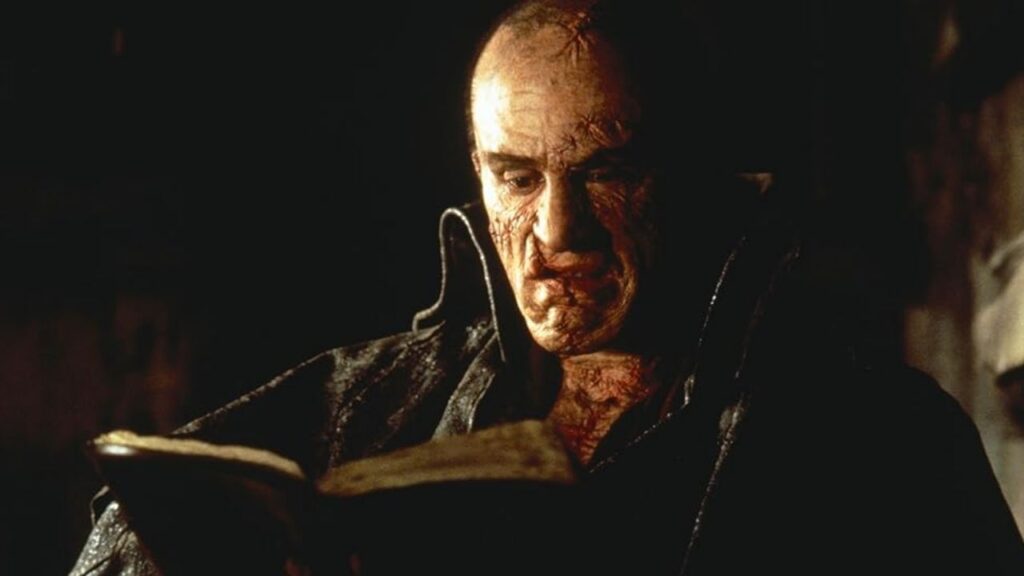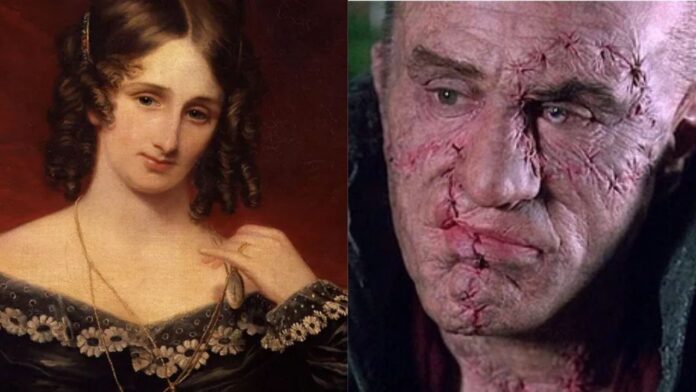Mary Shelley’s Frankenstein is one of the most famous stories ever written, yet most people only remember the lightning, the lab, and the monster. Over time, films and pop culture turned it into a simple horror tale. But the original novel holds something far more emotional.
Now, with Guillermo del Toro preparing his own film adaptation, the story is back in conversation. This time, people are asking not just what Frankenstein is, but what it truly meant to Mary Shelley. Was it about fear or about loneliness, creation, and responsibility?
The Night A Legend Was Born

In the summer of 1816, a group of writers gathered at a villa near Lake Geneva. Lord Byron suggested everyone write a ghost story. Among them was 18-year-old Mary Godwin, who later became Mary Shelley. She later said she wanted to create a tale that touched the “mysterious fears of our nature” and awakened true horror. That idea grew into Frankenstein, published in 1818.
Related: 25 Must-Watch Gothic Horror Movies Of All Time
At that time, people were fascinated and afraid of new scientific ideas. There were debates about life, death, and whether electricity could bring bodies back to life. Experiments by Luigi Galvani and Giovanni Aldini, who used electric currents on animals and even corpses, caught Mary’s attention. But in her novel, she kept the science vague; Victor Frankenstein only uses “a spark” to bring a body to life. She focused more on consequences than on explanation.
Even though it began as a ghost story, it became a warning about human ambition. Mary Shelley blended emotion, fear, and philosophy, creating one of the earliest works of science fiction without heavy scientific detail. That made the story timeless and open to many interpretations.
Over the years, Frankenstein grew far beyond the book. Early theatre versions simplified it, turning the creature into a silent figure and the scientist into a wild inventor shouting, “It lives!” Hollywood continued this trend, especially in the 1931 film starring Boris Karloff. As writer Christopher Frayling noted, this film created the permanent image of the mad scientist and mute monster.
But this image is not what Mary Shelley wrote. In the novel, the creature can think, speak, and even read books. He asks deep questions about life and says he should have been like Adam, but felt more like a fallen angel. Mary didn’t write a simple horror tale; she wrote about loneliness, rejection, and pain.
Shelly was inspired by myths, too. She called her book ‘The Modern Prometheus,’ comparing Victor to the figure who stole fire from the gods and suffered for it. She also used ideas from Paradise Lost, asking what happens when a creator abandons what he creates.
A New Film Brings Back The Heart Of Mary Shelley’s Story

Now, director Guillermo del Toro is bringing a new version of Frankenstein to the screen. Before its release, he explained that his film is not just about fear. He said it is about family pain and compared Victor to a father who abandons his child. He shared that he felt connected to the creature because, like him, he once felt like an outsider.
In case you missed it: Top 25 Horror Movies Without Any Ghosts Or Supernatural Beings
Del Toro praised Mary Shelley for giving voice to those who feel invisible. When he accepted a Bafta award, he said her work inspired him to create stories about misunderstood beings. For him, Frankenstein is about emotion, not terror. Mary Shelley’s own life shows why this emotion is so relevant. She lost her mother at birth, lost her child, and wrote the novel in deep grief.
Today, the word “Franken-” is used for anything that scares people: Frankenfood, Franken-tech, even fears about AI. But most forget that Mary Shelley wasn’t warning us only about science. She was warning us about responsibility. What happens when we create something and refuse to care for it?





